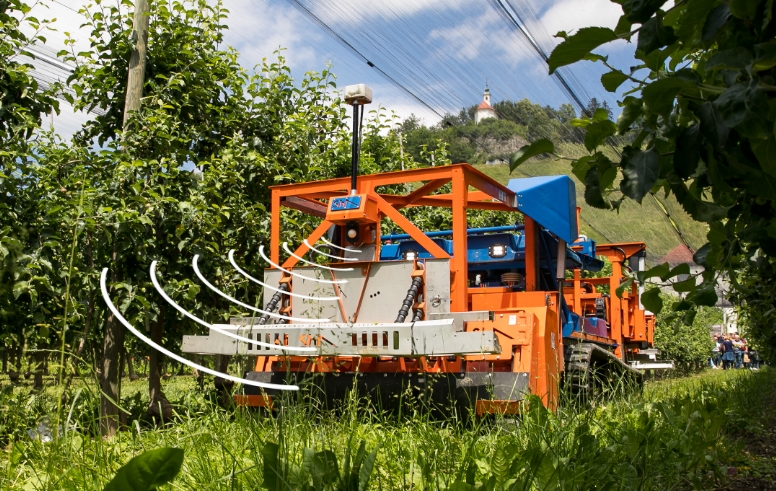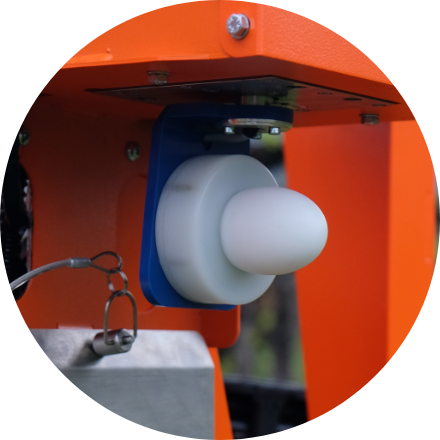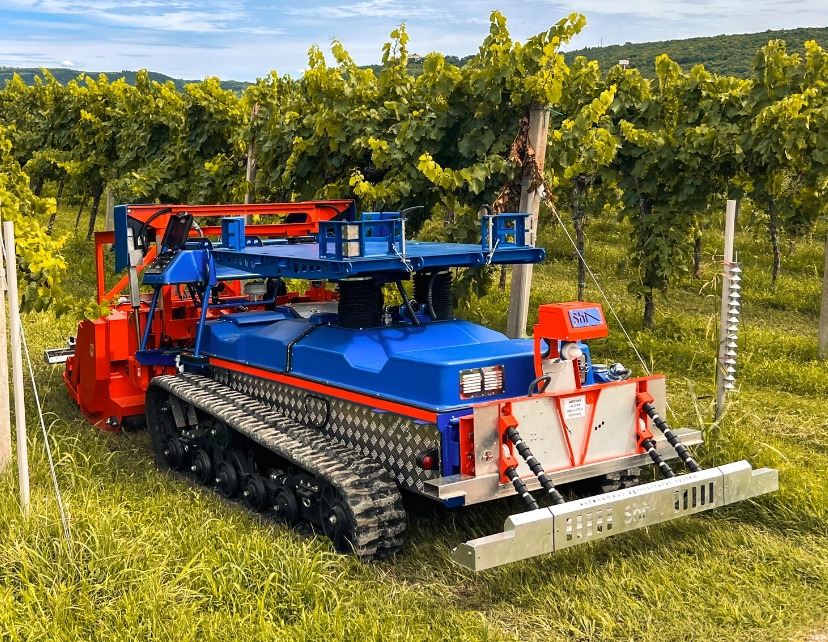
R-WAVE 2D
MP RADAR
Obstacle avoidance, accurate perception of surroundings, and the robustness you can trust.
ALWAYS ON THE RIGHT TRACK
THE RADAR
HOW IT WORKS?



HERE’S HOW RADAR OPERATES

SUPERB NAVIGATION CAPABILITIES,
especially in challenging environments and adverse weather conditions.
BENEFITS & ADVANTAGES
Obstacle detection and avoidance
Excellent obstacle detection capabilities for reliable navigation through complex terrains, avoiding obstacles, and autonomous operation in challenging environments.
Precise detection
Measuring precision +/- 30 mm and the measuring range from 0,5 m to 6 m, the radar ensures a high level of detection and precise navigation.
False Positive Rate
A low false positive rate reduces the likelihood of mistakes and unnecessary manoeuvres or interventions.
All-weather operation
Reliable results of distance measurement, object detection and positioning in all weather conditions – rain, fog, snow and limited visibility.
Robustness
The sensor is more durable and reliable in rugged environments and also less sensitive to dust, dirt, and vibrations, compared to optical sensors.

